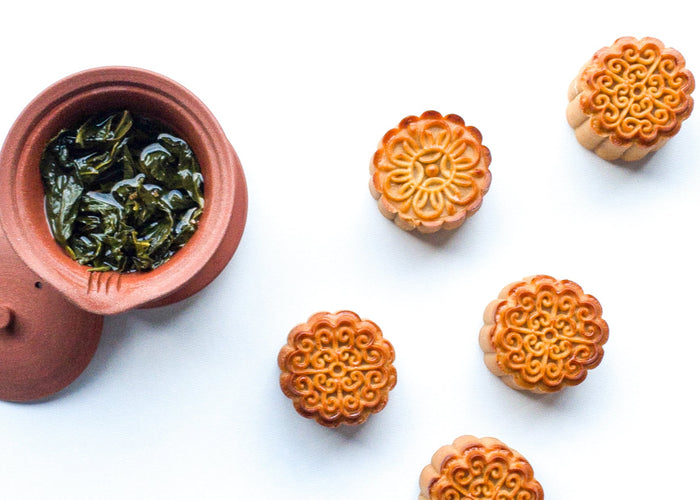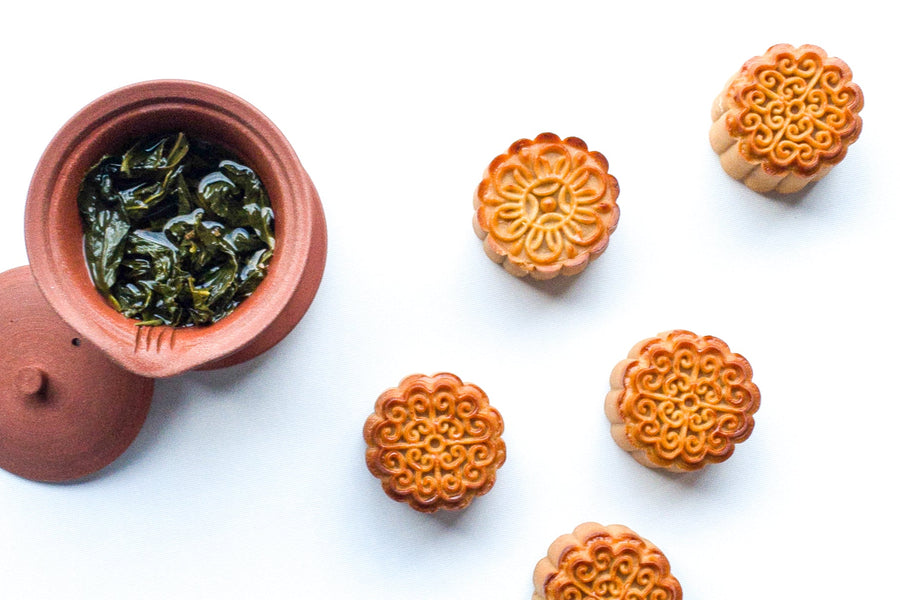Dangocha Gyokuro Uji 2024 No.351
Japanese shaded, nutritious tea
ethereal, fresh green with great health benefits
traditionally also can be eaten as a refreshing snack
Varietal:
Samidori & Ujihikari
- Unit price
- /per
Japanese shaded, nutritious tea
ethereal, fresh green with great health benefits
traditionally also can be eaten as a refreshing snack
Varietal:
Samidori & Ujihikari
Adding product to your cart
The 2024 harvest has just arrived, taste it with joy.
The entire plantation is shaded for 3 weeks before the Gyokuro harvest. This method helps to produce tender, softer leaves with more amino acids and chlorophyll. After picking and withering, the leaves are kneaded and rubbed. The special hand movements separate the leaves, creating the Gyokuro. During this process, the smaller, finer leaves stick together to form the cylindrical Dango tea. These amazing pieces are separated from the Gyokuro one by one. This type of tea is made in very small quantities. According to Mr Yoshida, it would be difficult to make this tea in large quantities because it's made by accident. Two varieties are used for Dangocha: Samidori and Ujihikari.
This tea, made from very tender leaves, contains many active ingredients such as vitamin C, vitamin E, catechin, caffeine and other antioxidants.
Mr Yoshida also suggests trying the dry leaves as a snack. Another way to enjoy them is to soak them in rice and soy sauce with a touch of salt.
The tea's steamed aroma is of peas, beans, grilled trout with a touch of edamame beans.
6 grams of tea leaves first steeped in 50 degree water for 3 minutes: apple cider comes to mind from the aroma, umami, fresh crisp cucumber on the palate, a little salty, rhubarb tartness. Steeped at 60 degrees for 1 minute: the brew has a striking intense lime-jade colour, a delicately oily, rich texture. Steeped at 70 degrees for 1 minute: an impressive Jedi sword and limoncello coloured brew, reminiscent of roasted, full-bodied white fish. Then soak at 75 degrees for 1 minute until it's just right. A truly exciting gyokuro.
Read about our first experience with Dangocha in this blog article: Dangocha Gyokuro
Worth to use a glass pitcher to see the nice green particles in the thickly flowing creamy infusion. It's raising our energy level gently, and pleasant sensations can be experienced.
according our dear producer:
Quantity: 5-6 grams per 180ml
Water temperature: 60ºC, 80ºC. From fresh spring, mineral water, or filtered water
Brewing time: 5 min, 45… seconds
Infusions: 3-4 x
The 2024 harvest has just arrived, taste it with joy.
The entire plantation is shaded for 3 weeks before the Gyokuro harvest. This method helps to produce tender, softer leaves with more amino acids and chlorophyll. After picking and withering, the leaves are kneaded and rubbed. The special hand movements separate the leaves, creating the Gyokuro. During this process, the smaller, finer leaves stick together to form the cylindrical Dango tea. These amazing pieces are separated from the Gyokuro one by one. This type of tea is made in very small quantities. According to Mr Yoshida, it would be difficult to make this tea in large quantities because it's made by accident. Two varieties are used for Dangocha: Samidori and Ujihikari.
This tea, made from very tender leaves, contains many active ingredients such as vitamin C, vitamin E, catechin, caffeine and other antioxidants.
Mr Yoshida also suggests trying the dry leaves as a snack. Another way to enjoy them is to soak them in rice and soy sauce with a touch of salt.
The tea's steamed aroma is of peas, beans, grilled trout with a touch of edamame beans.
6 grams of tea leaves first steeped in 50 degree water for 3 minutes: apple cider comes to mind from the aroma, umami, fresh crisp cucumber on the palate, a little salty, rhubarb tartness. Steeped at 60 degrees for 1 minute: the brew has a striking intense lime-jade colour, a delicately oily, rich texture. Steeped at 70 degrees for 1 minute: an impressive Jedi sword and limoncello coloured brew, reminiscent of roasted, full-bodied white fish. Then soak at 75 degrees for 1 minute until it's just right. A truly exciting gyokuro.
Read about our first experience with Dangocha in this blog article: Dangocha Gyokuro
Worth to use a glass pitcher to see the nice green particles in the thickly flowing creamy infusion. It's raising our energy level gently, and pleasant sensations can be experienced.
according our dear producer:
Quantity: 5-6 grams per 180ml
Water temperature: 60ºC, 80ºC. From fresh spring, mineral water, or filtered water
Brewing time: 5 min, 45… seconds
Infusions: 3-4 x












